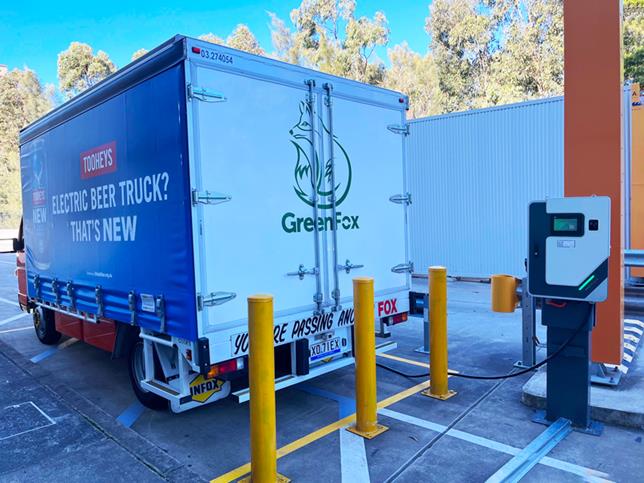Electrifying Delivery and Logistics Fleets

Why Global Delivery and Logistics Fleets are Electrifying Now
With the world turning to cleaner and more sustainable sources of energy, the pressure for vehicles to follow suit only grows. Hence, we are now seeing an electric revolution in fleets around the world. From huge global supply fleets such as Linfox to the local police station fleet the move to become fully electric has come and is now in full swing. The change is mostly facilitated by businesses having to become more stable both economically and environmentally. To do so, petrol and diesel vehicles have to begin being phased out now.
When managing a fleet, economic sustainability is extremely important. Petrol-fueled vehicles tend to be much more complex, leading to more expensive problems that need more regular maintenance. Furthermore, in our current world, climate fuel prices have become more unstable than ever before globally. As mentioned prior petrol cars require regular maintenance and car parts have only grown in price in recent years as supply issues become ever more present globally. With these two factors in mind, it is no wonder that global delivery and logistic fleets have begun electrifying. Even with the large initial investment to purchase EVs, government incentives throughout Australia and New Zealand and a growing EV market have shown that now is the time to start going electric.
While electric vehicles are currently more expensive at the initial purchase, their long-term affordability makes them a worthy investment. For a better idea of how EVs will save you money in the long run please read our blog “Are Electric Cars Cheaper to Run than Filling up with Petrol?“. As discussed in the blog EVs can save users 40% on maintenance costs and a further 70% on refuelling costs. With potentially hundreds or even thousands of vehicles in a single fleet, these savings add up over the year. Hence initial investments in both the EVs and their Fleet EV Charging infrastructure (Electric Vehicle Supply Equipment) are easily paid off by the reduced ongoing fees of EVs.
Fleets are also tempted to move to electric vehicles with how many ongoing incentives exist for Electric vehicles. Most states have brought large incentives across both EVs themselves as well as EV chargers and their installation. In doing so it is cheaper than ever for fleets to transition, and with further incentives on the horizon, it is a great time now to either prepare for or begin transitioning. An example of some of the incentives available for fleets includes Victoria’s business fleet subsidy that has offered $1.5 million dollars to develop EV chargers. This subsidy potentially reduces initial charging investments by 50%. With the subsidies available to fleets for EVs and EVSEs, businesses have begun to overhaul their fleets to become fully electric.
While for most businesses and government agencies economic sustainability is the most important consideration, environmental sustainability must be considered. Electric vehicles are hence, much more environmentally friendly compared to their petrol counterparts as they avoid using fossil fuels. In essence, these vehicles are potentially relying on completely green energy with the ability to charge sustainably sourced electricity. In doing so, companies can effectively reach environmental and sustainability goals, and reduce their overall carbon footprint. Climate change is set to affect our way of life more and more as the year’s pass.
In an effort to slow the effects of climate change and reach a carbon-neutral future, businesses and governments will have to move to EVs. Businesses looking to demonstrate their corporate social responsibility will find transitioning to an electric fleet a great move to show their commitment to a green future.


